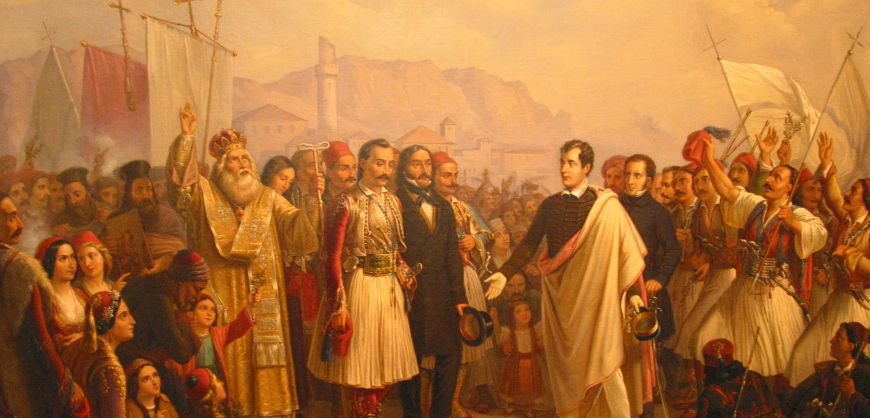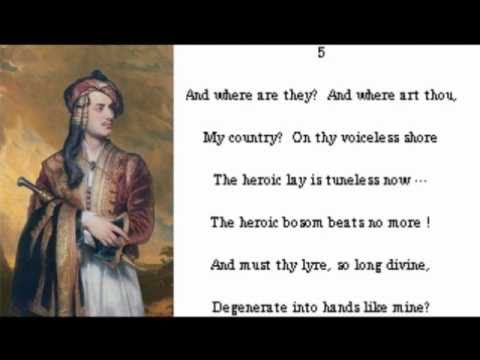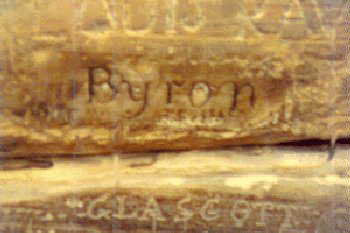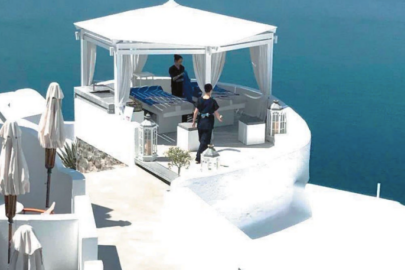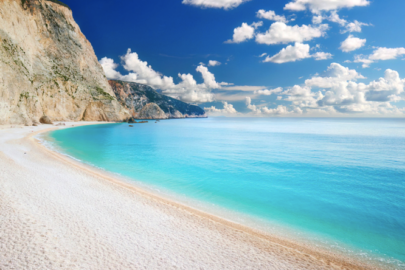Preveza
Lord Byron landed at Preveza on September 23, and this was the first place he set foot on Greece. He visited the ruins of Nicopolis before being bound for Arta en route for Ioannina.
Ioannina
It was at Ioannina where Lord Byron started the poem Childe Harold’s Pilgrimage, a narrative poem in four parts that describe the travels and reflections of a world-weary young man.
Athens
Lord Byron wrote Maid of Athens in 1810. He dedicated it to a young girl of Athens, Theresa Makri, at whose house he lodged briefly in 1809. It is said he fell in love with the 12-year-old girl and offered 500 pounds for the girl, an offer that was not accepted.
The poem:
Maid of Athens, ere we part,
Give, oh, give back my heart!
Or, since that has left my breast,
Keep it now, and take the rest!
Hear my vow before I go,
Ζωή μου, σᾶς ἀγαπῶ.
His time in Athens coincided with Lord Elgin’s removal of the Parthenon Marbles. An act that was controversial even as it happened.
Sounion
There are at least two documented visits of Lord Byron to Sounion, and he reportedly carved his name on the base of one of the columns of the Temple of Poseidon before he acquired fame. He mentionsSounion in his poem Isles of Greece:
Place me on Sunium’s marbled steep,
Where nothing, save the waves and I,
May hear our mutual murmurs sweep…
Kefalonia
Lord Byron reached the island of Kefalonia, Ionian Sea, at the beginning of August 1823 and stayed there until the end of the year.
He wrote in his journal:
‘On the sixteenth (I think) of July, I sailed from Genoa in the English brig Hercules: Jno Scott, Master. On the 17th, a Gale of wind occasioning confusion and threatening damage to the horses in the hold, we bore up again for the same port, where we remained four and twenty hours longer, and then put to sea, touched at Leghorn, and pursued our voyage by the straits of Messina for Greece. Passing within sight of Elba, Corsica, the Lipari islands including Stromboli, Sicily, Italy, etc., about the 4th of August we anchored off Argostoli, in the chief harbour of the Island of Kephalonia.’
‘In the island of Kephalonia, Colonel Napier commanded in chief as Resident, and Col. Duffie the 8th, a King’s Regiment then forming the Garrison. We were received by both these Gentlemen, and indeed by all the officers, as well as the Civilians, with the greatest kindness and hospitality, which, if we did not deserve, I still hope that we have done nothing to forfeit, and it has continued unabated, even since the Gloss of new Acquaintance has been worn away by frequent intercourse.’
There is a plaque on a rock in his honor that states: “If I am a poet, I owe it to the air of Greece.”
Messolonghi
Lord Byron’s final days were spent at Messolonghi where he arrived in January 1824. He knew that the immediate challenges confronting the Greek struggle for independence were less military or economic and more political. His main priority was not to make war on the Turks but peace among the Greeks.
On the 9th April 1824, Lord Byron, having being soaked by rain whilst riding, suffered fever and rheumatic pains and within days was fighting for his life. “I have given Greece my time, my means, my health – and now I give her my life! – what more could I do?” were his last words.
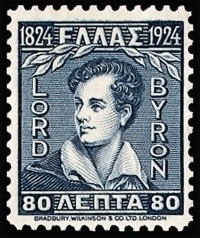
Greece felt grief at his loss and there were memorial services around the country. These days Lord Byron is considered a national hero, with his death serving to unite Greece against the enemy and serving to elicity support from around the world.

